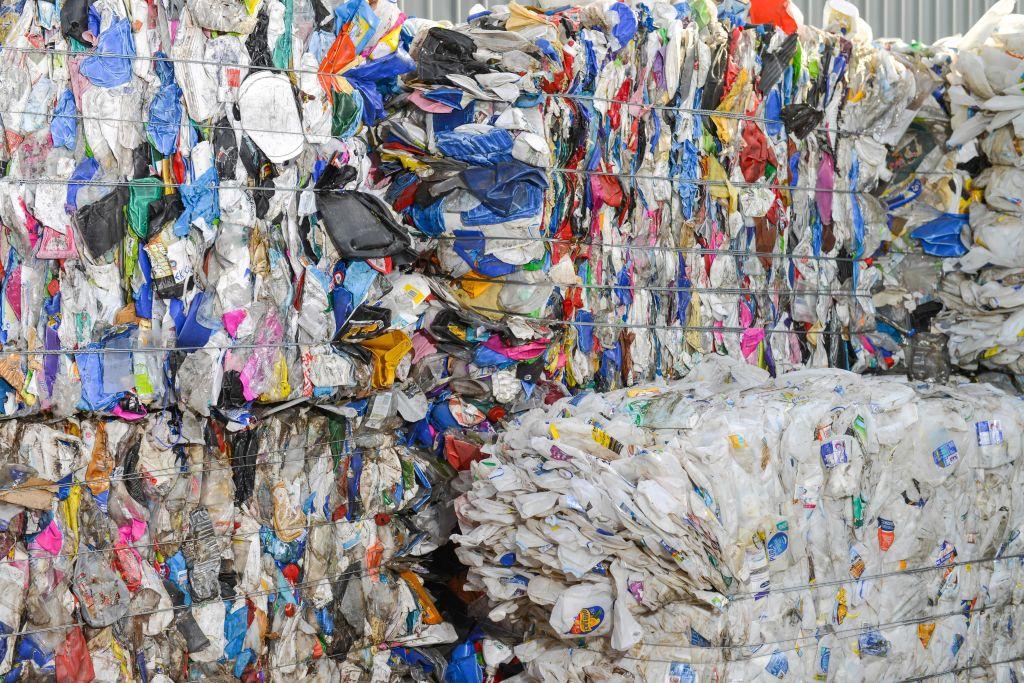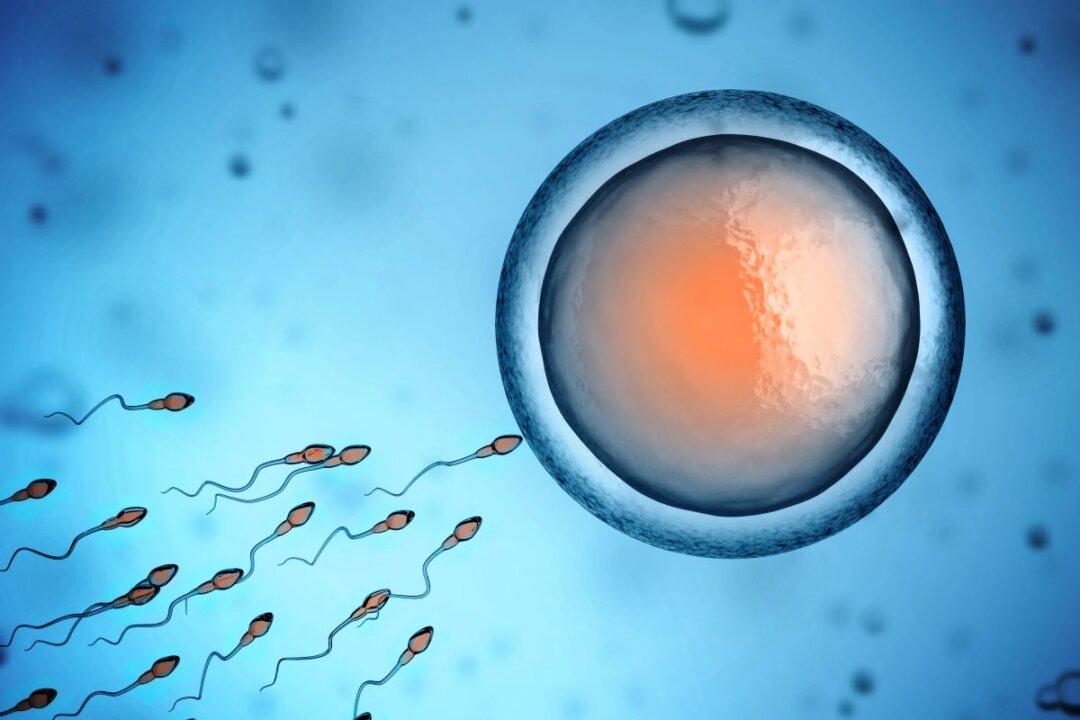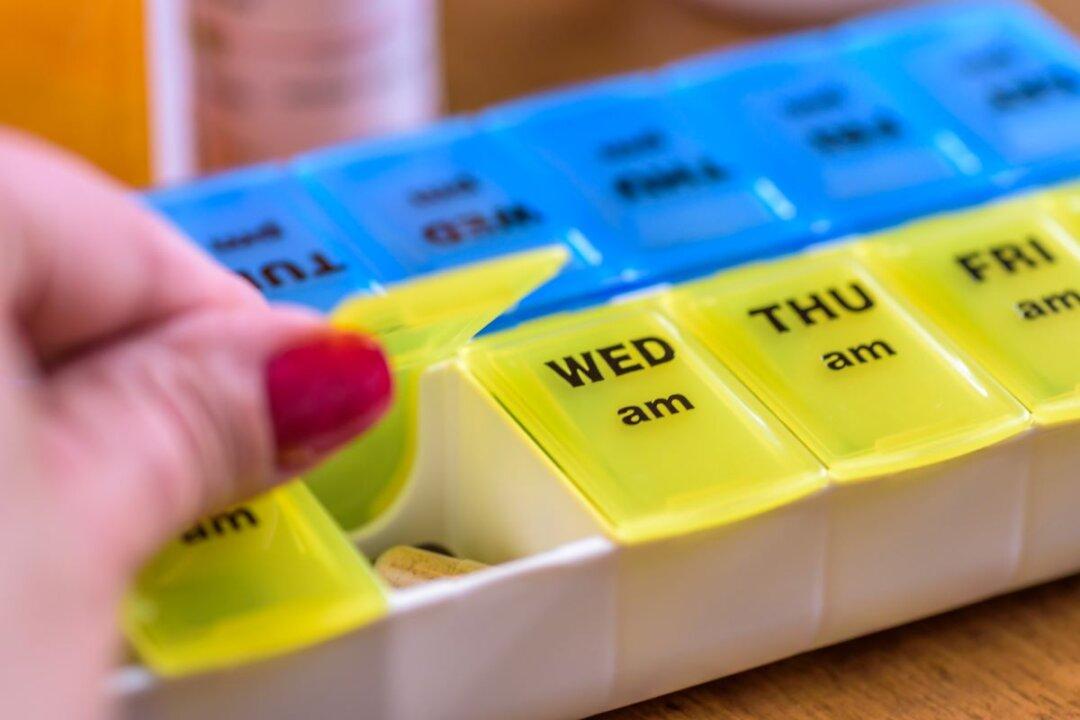Labelling of plastic products should include a “sustainability scale” to help consumers navigate the confusing world of plastics and plastic recycling, according to research from the University of Queensland (UQ), Australia and University of Exeter, England,
With plastic pollution a growing global problem, Professor Kevin Thomas, Director of UQ’s Queensland Alliance for Environmental Health Sciences and lead researcher for the Minderoo Centre—Plastics and Human Health, said unhelpful labelling and low recycling rates are major barriers to overcoming this issue.





